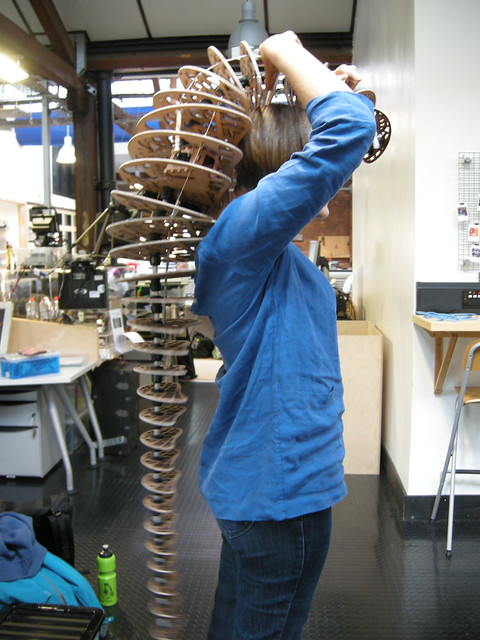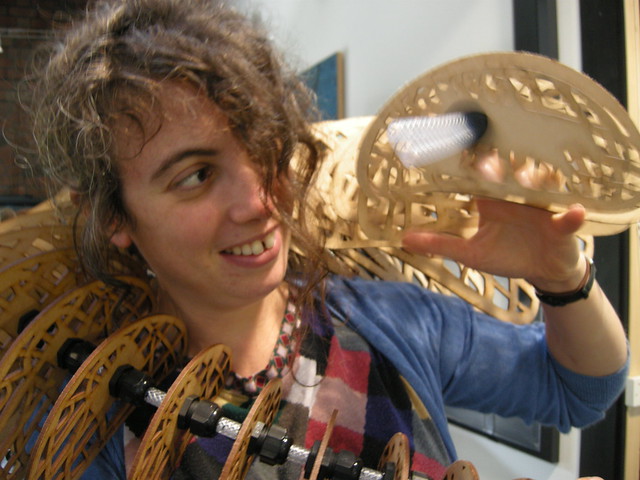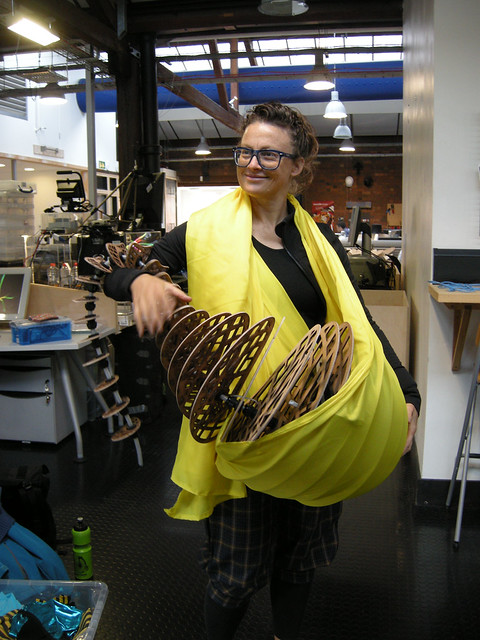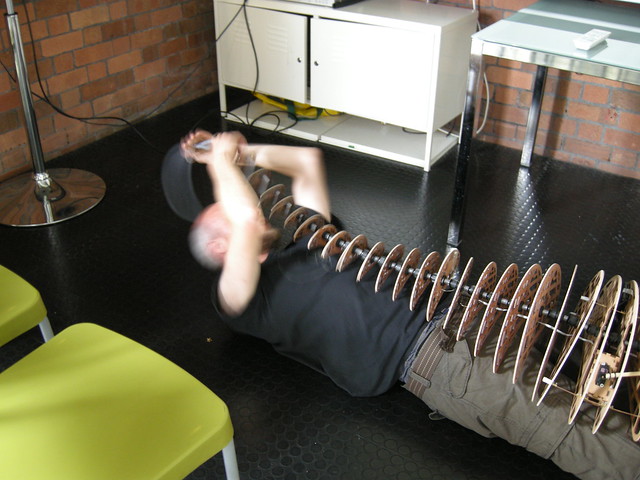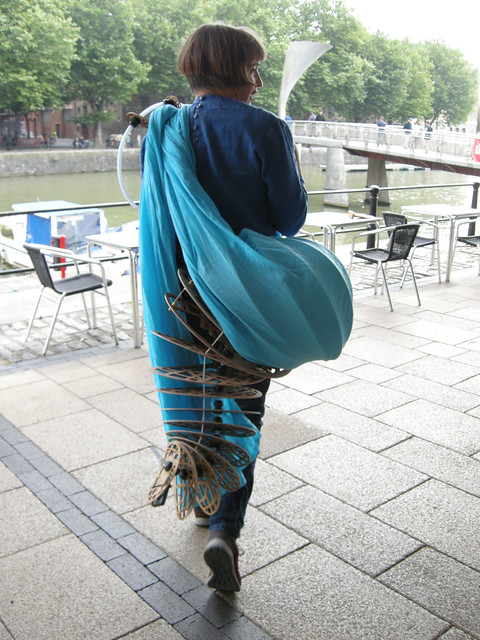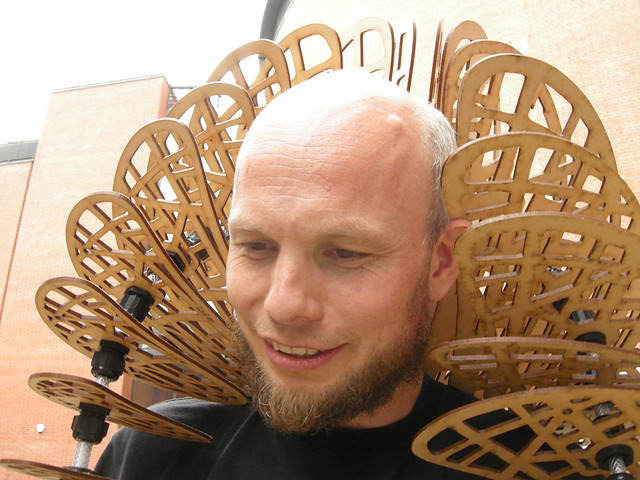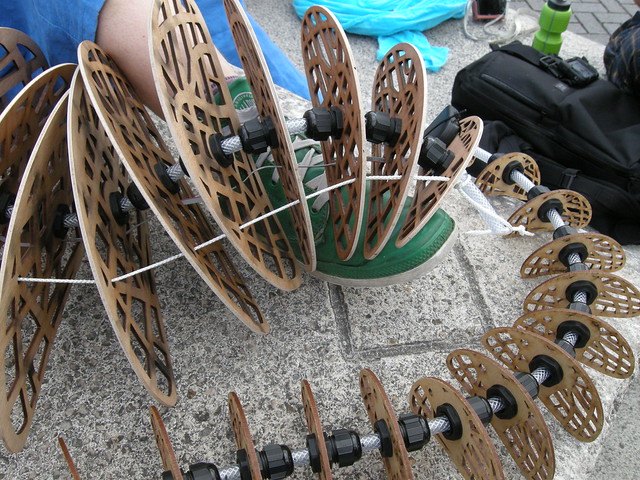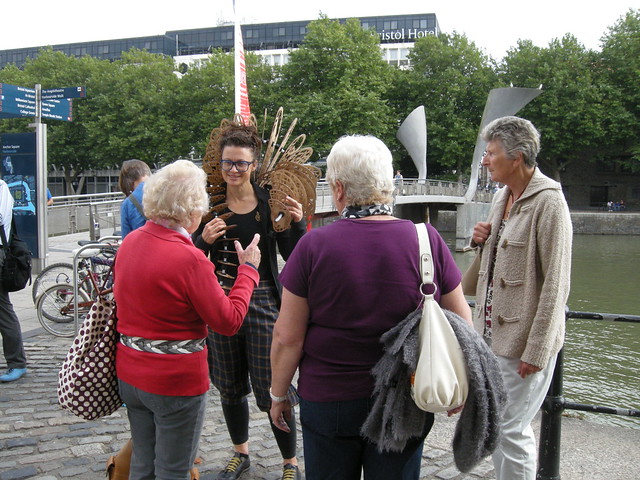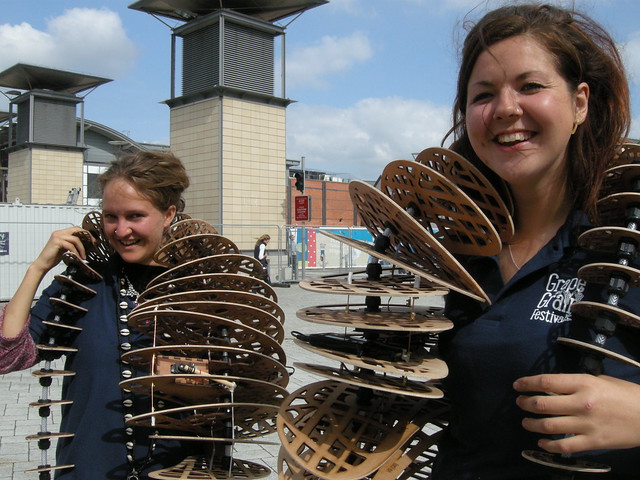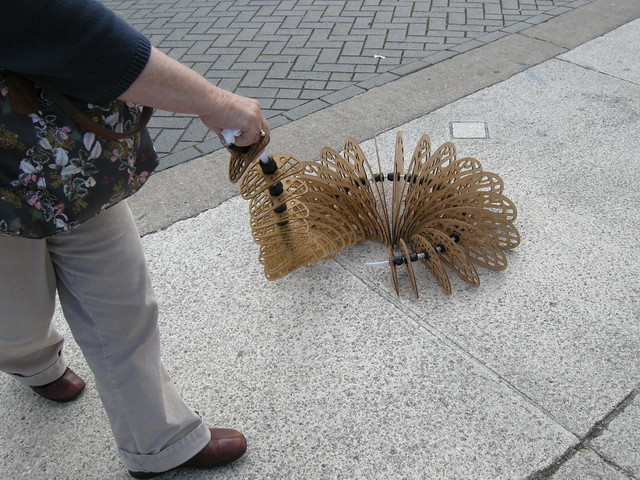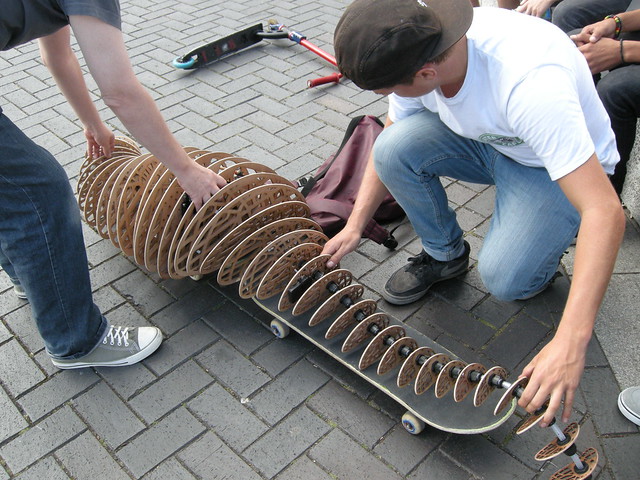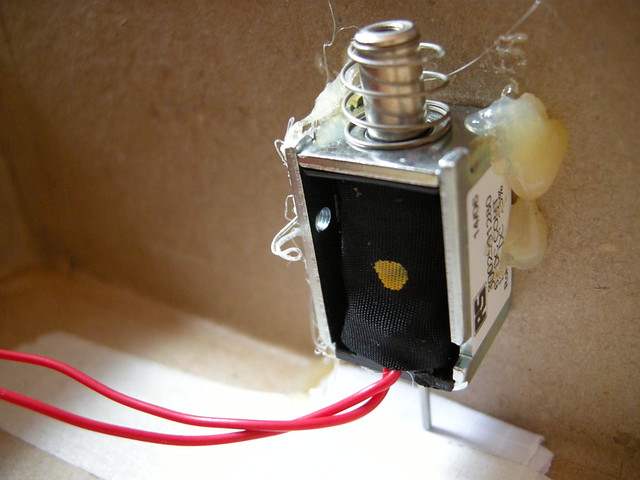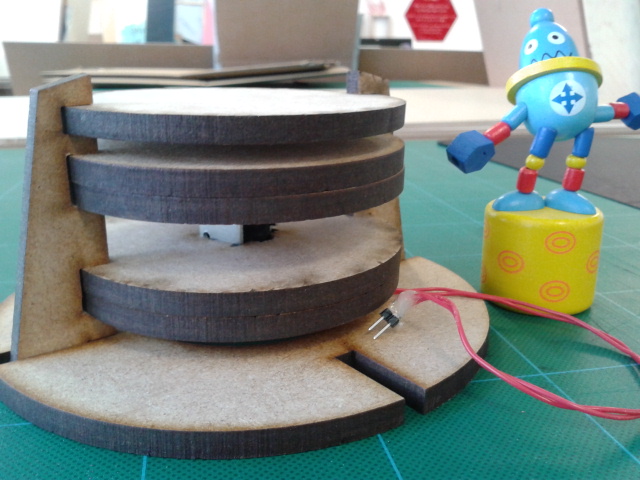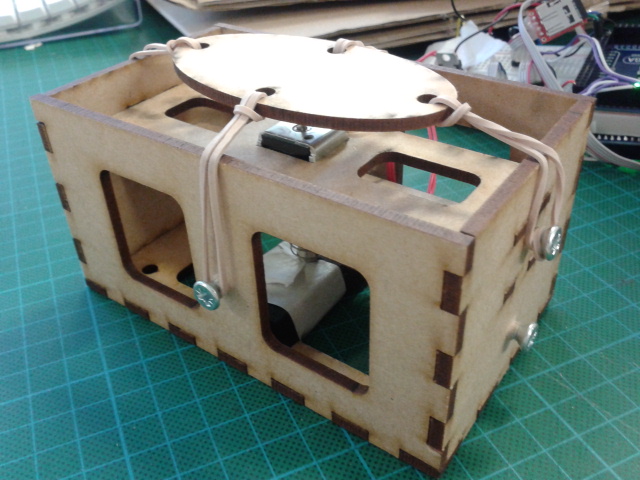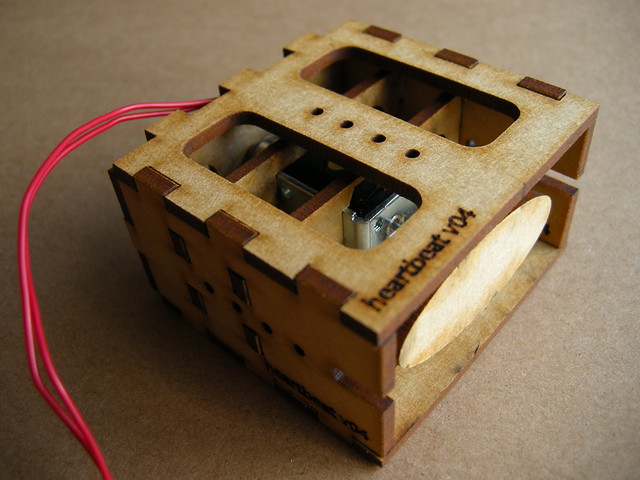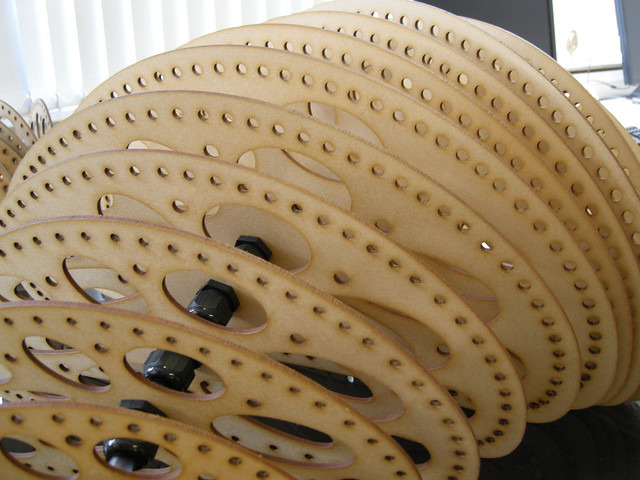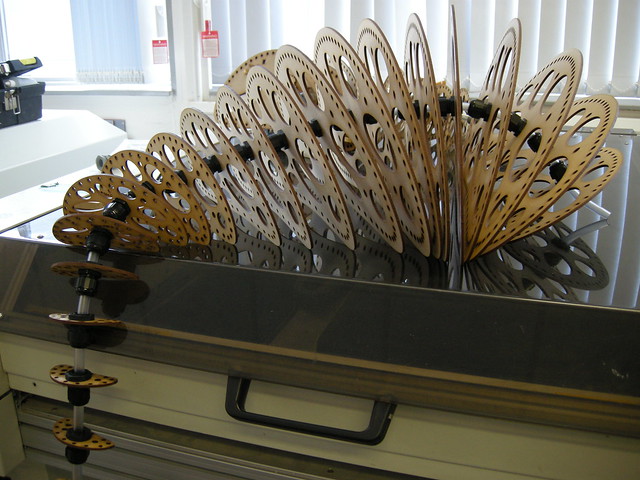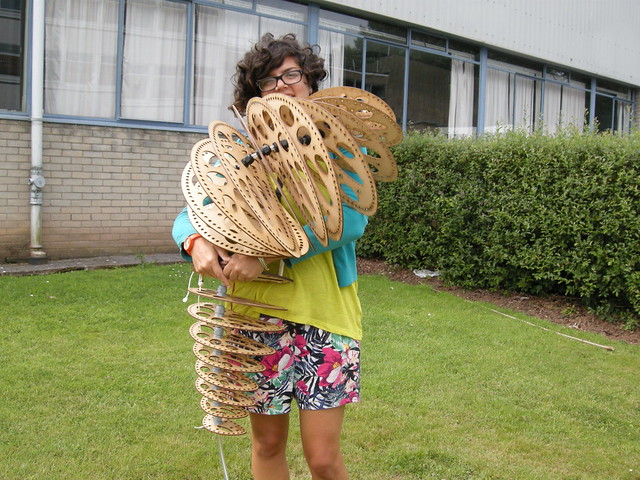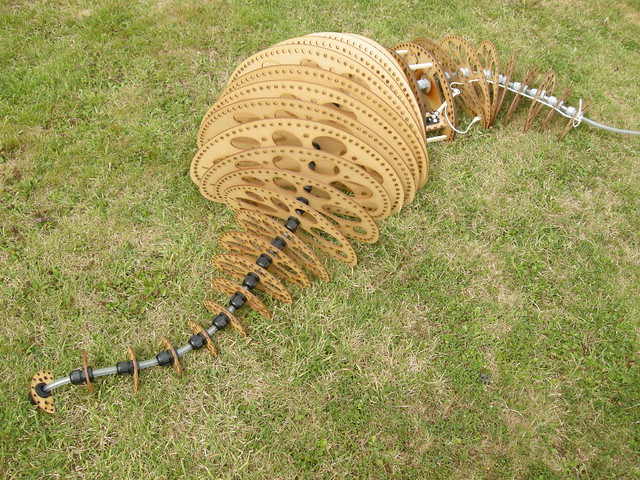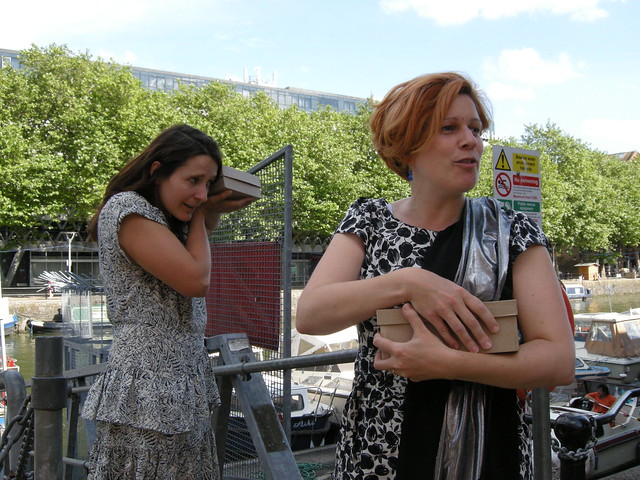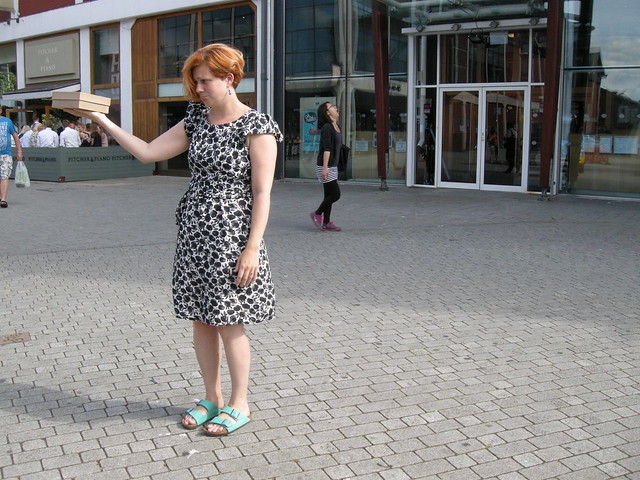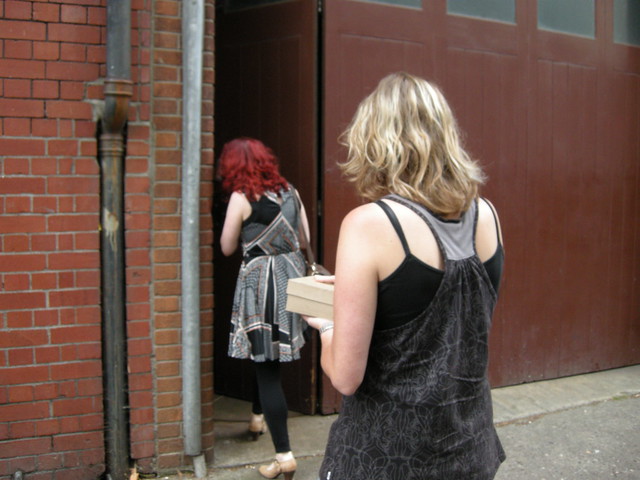Developing Colony: presentation at Networked Urban Mobilities
I’ve just got back from a few days in Copenhagen where I was taking part in the Networked Urban Mobilities conference organised by the Cosmobilities Network. If you were there and just want to get to my talk, then click here, otherwise read on for the background context…
I’d submitted an abstract under the Art as Mobile Research special session strand:
‘ART AS MOBILE RESEARCH: THE JOURNEY OF MAKING’
In recent years, it has been argued that new research methods are needed to study current mobility practices, discourses and materialities. Next to more traditional social science methods, mobile methods have included participatory observation, virtual and autoethnographies, and various kinds of mapping. Building on these methodological innovations, this session theme explores art as mobile research. Since the early 1990s, artistic research has developed as a distinct field of study. Making art is taken to be a form of doing research and the works of art that result from that research are presented as a form of knowledge. Practical testing is frequently an essential part of this ‘journey of making’ process, enabling ideas and techniques to be resolved before making finished work as part of the whole creative process. Art is not only relevant from the perspective of the aesthetic experience, it is argued, but also as knowledge claim. For artistic practice, this development undermines the modern dichotomy of autonomy and instrumentalism, thus breaking away from the alleged ‘otherness’ of art as a societal domain that has clear boundaries and can be separated from science.
In this session, we investigate how art practices might contribute to mobilities research, as well as how artists reflect on mobile worlds in their work. How can artistic research practices and discourses be drawn upon to develop new ways of understanding and researching the performative ontologies of travel? How can artistic production be seen as a meaningful context to explore mobilities? How can the creative process of the ‘journey of making’ inform mobilities? We invite papers and art works examining these questions.
The session will be organizaed by Kevin Hannam from Leeds Metropolitan University and Peter Peters from Maastricht University.
Nikki Pugh (UK) is an artist working at the intersection of people, place, playfulness and technology. Over the Summer of 2014 she will be in residence at Bristol’s Pervasive Media Lab developing her ongoing project Colony.
Colony is an exploration of how we navigate public space: a small group of people each carry a landscape-reactive ‘creature’ that uses real-time processing of GPS data to generate either a claustrophobic or claustrophilic personality.
Responsible for its well-being, can you find a route across the city that minimises the enclosed or open spaces that distress your creature? How do you balance the elastic pushes and pulls acting on you: guardianship for your creature; the need to get from A to B; the desire to stay with the rest group; the points and stares from onlookers observing your unusual behaviour?
Colony has been developed through a series of prototypes and playtests. Early experiments saw people carrying vibrating bundles of bubblewrap through the post-industrial landscapes of Birmingham, finding excuse and entitlement to explore slightly grimy alleyways or listen to what doorways felt like. A later iteration explored assumptions about secrecy and convenience with large, heavy, cumbersome wooden tubes that hammered out signals according to how built up the surrounding were. Landscape-reactive Sashes (part of the arts programme at the Global Conference on Mobility Futures, Lancaster, 2013) explored what it was like to move as part of a networked group.
At the Networked Urban Mobilities Conference, Nikki will recount how these modules of research build on each other as she investigates the design of the animated, networked, landscape-reactive creatures, the narrative of the events through which they are used, and the affordances the combination of these give for providing new experiences of moving through the city.
My proposal was accepted into what evolved into the ‘Artistic Interventions’ session held last Friday, also speaking alongside Jen Southern, David Pinder, Mike Collier, Peter Peters and Samuel Thulin in a series of 7-slides-each-of-a-minute’s-duration presentations.
This gave me slightly less manoeuvrability than the recent talk at Pecha Kucha Coventry, but I tend to bring props with me and, well, they have a pretty good frame rate!
Accompanying me on the flight over to Denmark was a flat-packed creature fresh from the residency at the Pervasive Media Studio and a couple of heartbeats.

The flatpacked critter being reassembled on the first day of the conference. Adjustable spanners have a habit of being a few millimetres too narrow, but fortunately I had made a lightweight wooden one of the right size to bring with me!

Heartbeat device v4: I took one in a relaxed state and one in a panicked state for people to spend some time with.
The heartbeats were passed around at the start of the session as we waited for further audience members to successfully negotiate the navigational challenge of getting to the room we were in. (The building used to belong to Nokia and seemed to have inherited some of their security quirks. We never did see the sauna, though…) It was interesting to watch people place them on their bodies and feel the different pulses.
Meanwhile the critter was draped over a table and purred away contently throughout my talk.
…And here are the slides and basic content of my presentation (although I did go off piste a little bit).
Hi, I’m Nikki and in 2010 I realised I was working here.
I’d just spent a few years involved with hackspaces and pervasive gaming.
So, peer-to-peer skills-sharing with a technological bent and also grownups doing playful things in public places.
What I took from the hackspace stuff was a sense of possibility that someone like me – with next to no formal training in electronics or coding – could design and make my own technology.
I don’t really get on with screens; I’m much more interested in working with pounding hearts and the hairs on the back of your neck. Making my own devices means I can choose alternative ways of interfacing with the tech, with each other and with the world(s) around us.
My practice is centred on exploring how we interact with and perceive our surroundings. By adding in sensors and microcomputers to sculptural and worn forms, I could now explore extending or adjusting our familiar senses and our everyday experiences of place.
I wanted to work on a project that would enable me to explore my relationship with that territory in the Venn diagram. That project is Colony and I’m going to give you an overview of key stages in its evolution so far.
I had a fleeting image of a small group of people, each responsible for the well-being of some sort of creature they were carrying.
I was interested in the different pushes and pulls that I thought would be acting on the people carrying the creatures. Curious as to how all those would interplay to affect the experience of navigating across a city in a group.
The first version I made was a simple bundle of bubble wrap with vibration motors down its length, programmed to go off at randomly-selected intervals and intensities.
One of the participants blogged this comment.
She also described how it was a passport to go down grimy alleyways and look over walls.
I like to think of the things I make as being permission givers.
Permission to go to new places, permission to behave differently, permission to be playful, permission to talk to strangers.
Feeling I had a successful proof of concept, the next step was to make the bundles landscape-reactive rather than just behaving randomly. This was to be the extended sense and the cue for selecting one path through the city over another.
I had a technique I’d been using that relates errors in GPS positional calculations back to the built-up-ness of the urban environment, so I used that to make the creatures claustrophobic.
I’m not going to go into detail about the system now, but feel free to talk with me about it afterwards..
What we got from this location-aware version was an excuse not just to go to different places, but to interact with those places in non-usual ways as people experimented with prompting and sensing different levels of distress in their creatures.
We all agreed there was something very nice in the soft, warm, light, secretive cuddliness of the creatures so far, so there was really only one thing to do next.
I made 3 of these wooden, heavy, cumbersome drum versions. They run off the same technology, but rather than using vibrations to secretly communicate their state to the person carrying them, these beat out a tapping noise that anyone standing nearby can hear.
I needed to challenge our first-reaction thoughts about what a ‘good’ design might be. What would be the affordances of something contrary to these?
In a world where our mobile devices are constantly sold to us on the basis of being smaller and sleeker and lighter, I also wanted to investigate carrying something burdensome. To constantly be aware of its presence.
The drums were not padded and they would get painful on your shoulder.
The cloth they were wrapped in was slightly abrasive, and would graze your knuckles as you gripped onto the cord.
The bulk of the thing would block your vision.
And people carried them around for much, much longer than I anticipated!
It’s like it became something of a mission. I’m not quite sure what it is, but I think there’s something there in becoming emotionally and physically invested in carrying an object that I’d like to return to later in my research.
Time to think about the Colony as a group. So I networked together some ramblers.
One person carried the equipment that was processing the GPS data and then radio tranceivers broadcast corresponding instructions out to sashes like this. Each sash had a single vibration motor in it that again buzzed with increasing intensity depending on how built up the surroundings were around that person who was doing the broadcasting. Being in rural Northamptonshire, that more often translated to density of tree cover.
We were walking for quite a long time and, unlike the Heavy Objects, I think there was a tendency for the sashes to become invisible to the people wearing them. The regular buzzing eased into the background.
Visually, however, those splashes of bright yellow made us stand out from the point of view of a spectator. They marked us out as being a group. I’m interested in that transition point between one lone person doing something odd and being seen as an outsider vs a number of people doing something odd and the spectator feeling that they’re on the outside because there’s something cool going on that they don’t know about.
This Summer I did a month’s residency at the rather marvellous Pervasive Media Studio in Bristol in the UK. 9 days with a laser cutter too. This was a chance to start pulling together all these little investigations I’d done so far.
Here’s where we’re up to now. This one isn’t processing GPS because we’re indoors, but when it’s got the proper version of the code it’ll thrash its tail around when it gets distressed.
It’s a bit clunky and you have to concentrate to carry it around, but it doesn’t actually give you bruises!
We’ve been experimenting with slings to help support some of the weight, and there’s something very interesting in the almost ritual action of binding yourself to the object.
That’s the point where I start to see it as being a complete entity – when it’s a creature-human assemblage.
We’ve taken 3 or 4 of them out for a few walks around Bristol, and what I hadn’t expected was the amount of stranger:stranger interactions they invite. We had so many people coming up to us asking if they could touch them, photograph them, draw with them…
This makes me happy as I’m a big fan of urbanist William Whyte’s ideas about the importance of conversation starters for contributing to the conviviality of public spaces.
So, that was a whistle-stop tour of some of the main chapters in the development of Colony. As different opportunities have presented themselves I’ve used them to home in on different questions that have bubbled up.
And a lot of different questions have bubbled up.
In terms of a research process becoming a finished piece of artwork, it seems I’m converging on designing objects that I’d like to be used as tools for sensing the behaviour of radio waves in urban environments. On a macro scale in terms of the signals from the GPS satellites – GPS shadows, concrete canyons and multipath errors – and on a comparatively micro scale using the same radio tranceivers I used for the sashes to bring in a line-of sight test for whether you are still connected to the other members of the colony.
That’s what the heartbeats that have been going around are for – if you get separated from the group, the creature panics and you have a limited amount of time to get to a position where you regain contact. Leave it too long and it’s game over.
The end!
~~~~~
Artist Lise (surname unknown, sorry) was live-drawing the session. Here’s her take on my presentation:
Strange. But in a good way!








































